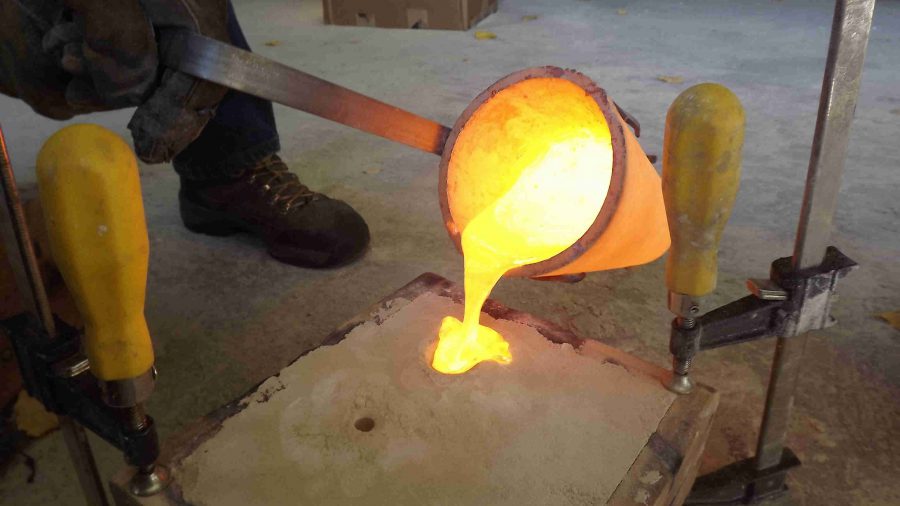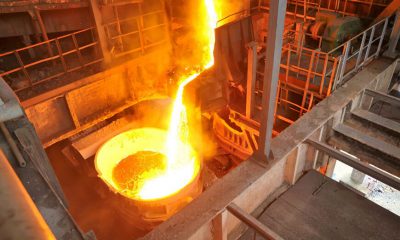
Sand casting, or sand mold casting, is a popular method of producing non-ferrous alloy casts. Invented over 6,000 years ago, this process has undergone a number of changes and modernizations over the years, but the basic principles have remained the same. From small DIY operations to major commercial foundries, the technique has been replicated many times! One of the main differences between variations of this process is the type of sand used. Read on to learn more about the types of sand used in sand casting.
WHAT TYPE OF SAND IS USED FOR SAND CASTING?
GREEN SAND
Greensand refers to the sand molds formed from wet sand and is sometimes referred to as clay. The sand mold is in an uncured state as the metal is being poured. Sand casting using green sand is quick and inexpensive since the sand can be reused. The downside is that the sand is a soft mold and can collapse or shift during casting, leaving an unusable cast. However, the process is reliable enough that it has survived for centuries and is still used today.
RESIN SAND
Once mixed and heated, resin sand becomes a solid mold with a smooth surface. A solid mold means fewer defective castings, but the disadvantage is a higher cost and slower production rate. Where green sand molds are quick to create, resin sand molds take more time since each must be mixed and burned to create the perfect mold. The cost of resin sand is much greater and, though the resin can be reused, it constantly needs to be replenished. This makes the process more costly.


 Türkçe
Türkçe Deutsch
Deutsch

